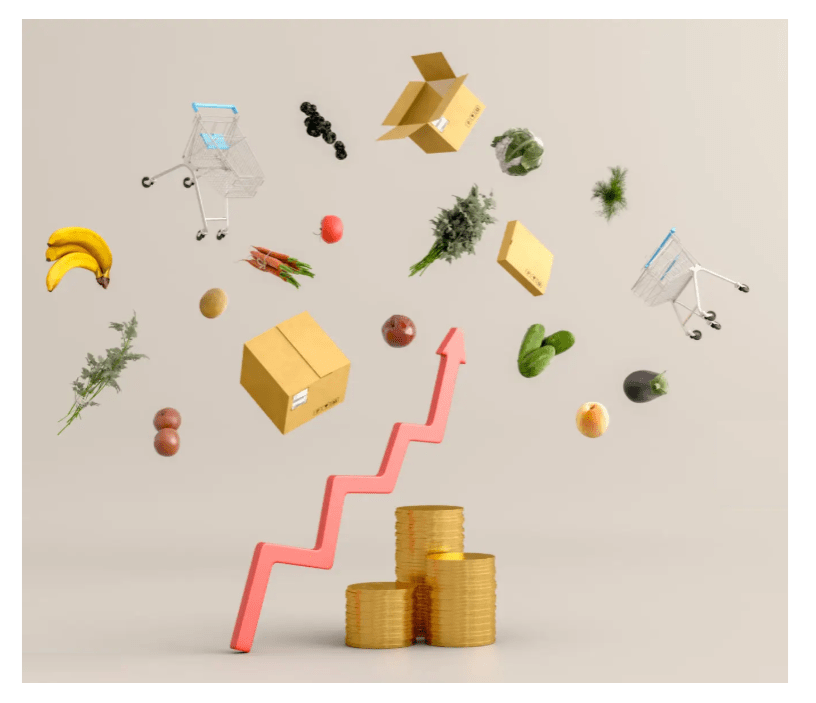Pricing your food products can feel like one of the toughest parts of running a small food business. You want your customers to love your products — and keep coming back — but you also need to make enough profit to stay in business and grow. Finding that sweet spot between affordable and sustainable is key.
The good news? With the right approach, you can price with confidence and still keep your customers happy.

Start With the Real Costs
Before setting any price, you need to know exactly what it costs to make your product. This includes more than just ingredients — think:
- Packaging and labeling
- Kitchen rental fees (if you’re using a commissary or commercial kitchen for rent)
- Storage and transportation
- Business license, insurance, and permits
- Time and labor
Working in a shared kitchen space like YVR Prep makes this process easier because your costs for equipment, cleaning, and utilities are already included. That means you can calculate your true cost per unit more accurately.
Know Your Market
Look at what similar products are selling for in your area — at farmers’ markets, local stores, or online. This helps you understand what your customers are willing to pay and how your product fits into that range.
Ask yourself:
- Is my product premium, artisanal, or everyday affordable?
- Who is my customer — and what do they value most (taste, convenience, health, sustainability)?


Add a Sustainable Profit Margin
Once you know your total costs, add a profit margin that supports your business growth. A common range for small food producers is 30–50% above cost, but this depends on your product and market.
Example:
If your total cost per unit is $3 and you want a 40% margin, your retail price should be around $5.
Don’t forget to factor in wholesale pricing if you plan to sell through retailers — you’ll need enough margin to cover both.
Communicate Your Value
People don’t just buy your food — they buy your story. If you’re using a licensed, health department approved kitchen, highlight that your food is made safely and professionally. Share your commitment to quality ingredients, small-batch production, or sustainable packaging. These details justify your price and build customer trust.
Test and Adjust
Pricing isn’t one-and-done. Test different price points, gather feedback, and track sales. You might find that slightly higher prices don’t scare customers away — especially if your brand and packaging communicate value.
Seasonal changes, ingredient costs, and market demand can also affect your pricing. Stay flexible and review your numbers regularly.
Final Bite
Pricing for profit isn’t about charging more — it’s about charging smart. When you understand your costs and your value, you set your business up for long-term success.


